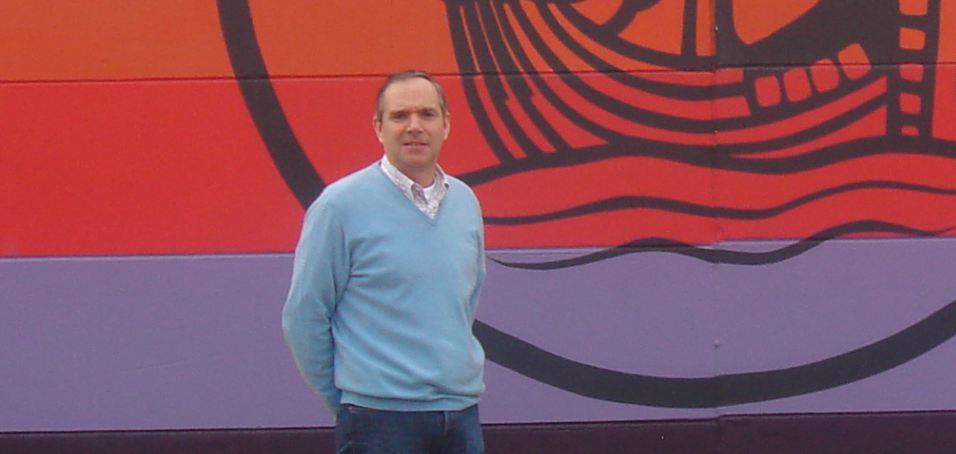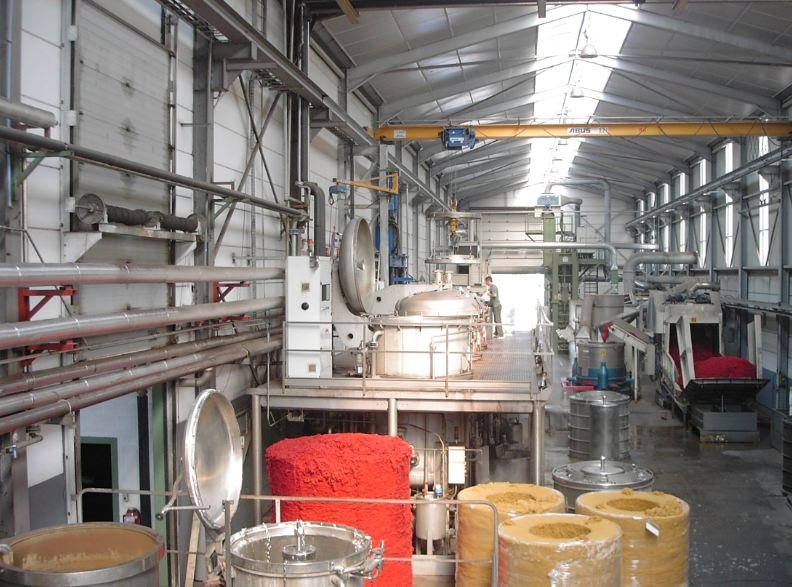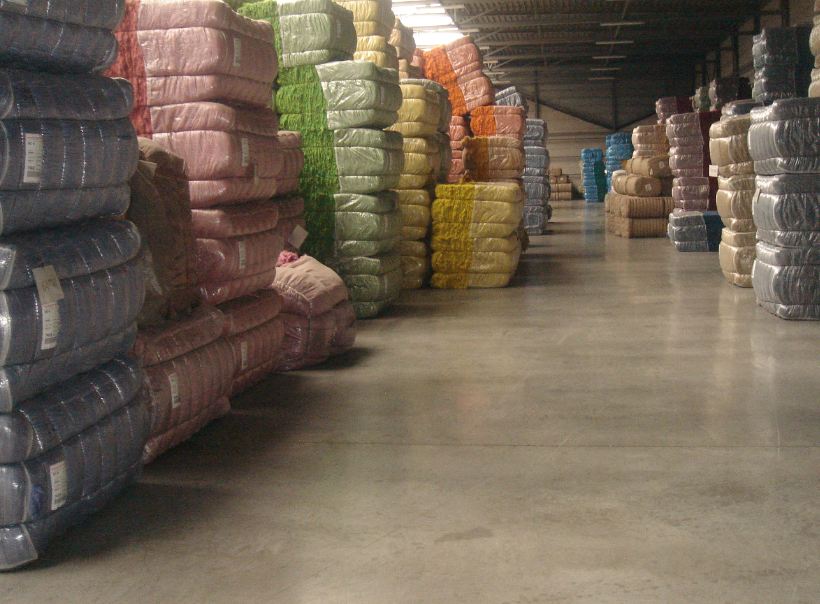Dyeing, Drying, Finishing
A French solution for a Belgian dyehouse success story


The carpet industry needs to offer manydesigns, requiring by consequence many different colours, sometime in verysmall quantities. To manage and finance the raw material need a very fast andreliable network of suppliers. Escotex strategy is to respond to thesecustomers’ needs. Escotex main activity is to dye loosestock fibers in a very short time, only a couple of days, with complete colourreproducibility and at a competitive price level.In order to reach these goals, Philippevan Brabandt has developed a long-term partnership with two French textilemachinery manufacturers, which have been working together to propose a completesolution for his dyeing process, Callebaut de Blicquy and Rousselet-Robatel.
The first step is to find the bestrecipe for each new colour. Callebaut de Blicquy have designed a uniquelaboratory dyeing machine with a hydraulic dyeing circuit equivalent to the oneof production machines. Once a recipe is defined in laboratory, it can be fullyreproduced in the production process, again and again. The second step is to have a costcompetitive, reliable, production process for fast response, with minimumlabour intensity. Escotex dyeing house has been designed to reach this goal.When receiving the raw material, thebails are opened by a machine also manufactured by a French machinerymanufacturer, Laroche. Then by pneumatic transportation, rawmaterials are fed into a press manufactured by Callebaut de Blicquy in order toprepare the “cake”. Callebaut de Blicquy have developed a unique technique ofhigh density cakes which gives a better color uniformity with very low liquorratio and by consequence low consumptions of water, energy and auxiliariesproducts. The cake is prepared in a specially designed carrier suitable forhigh cake density. The carrier is then handled to the dyeing vessel. When the dyeingprocess is achieved, the cake is removed from its carrier, then it is brokenand fibers sent through a continuous centrifuge to be hydro extracted prior beingsent to the dryer. The unique continuous centrifuge has been specially designedfor the textile industry by Rousselet-Robatel, a world leader of centrifugesfor many different industries. Over 10,000 of their centrifuges are in useworldwide. Rousselet-Robatel is the only manufacturer offering such techniquefor textile products, the main advantage being to deliver fibers with veryregular moisture content to the next step, the dryer, in a fluffy shape whichauthorizes a better yield to the dryer compared to traditional process. Afterdrying, fibers are sent to a bailing press which prepares new bails of dyed fibersready to be shipped to the customers’ carpet mills.
All this process is highly automated andalthough Escotex are able to dye between 20 to 25 tons per day, only 9 workersare employed in this complete process. Concerning a night shift to increaseproduction volumes without investing in any additional machinery, Philippe VanBrabandt does not intend to go into such strategy because he thinks it coulddeteriorate the quality his customers have been used to. Even more, he alwayswants that production process stops on Friday around noon to completely cleanthe workshop and to fine tune all the machines in order to get the factoryready to start the following week in perfect condition.

Philippe van Brabandt is always thinkingabout other strategies, including a very similar new production line for the finishingof technical textiles. Of course, he is working on these new projects with hislong-term partners.These partners are both working with himfor the success of his long-term strategy and his daily problems.
